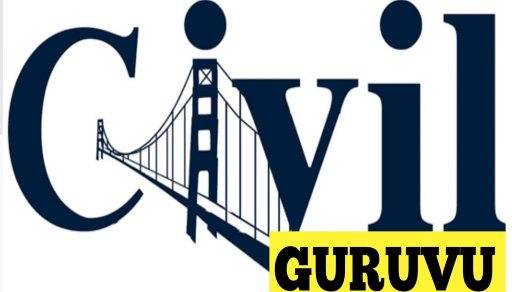Whole Circle Bearing (WCB) and Quadrantal Bearing (QB)
DESIGNATION OF MAGNETIC BEARING The magnetic bearings are designated in two systems, namely 1. Whole circle bearing (WCB) and 2. Quadrantal bearing (QB) 1. Whole Circle Bearing (WCB)Whole Circle Bearing (WCB) and Quadrantal Bearing (QB): The magnetic bearing of a line, with respect to the magnetic north measured in clockwise, established by the prismatic compass … Read more
